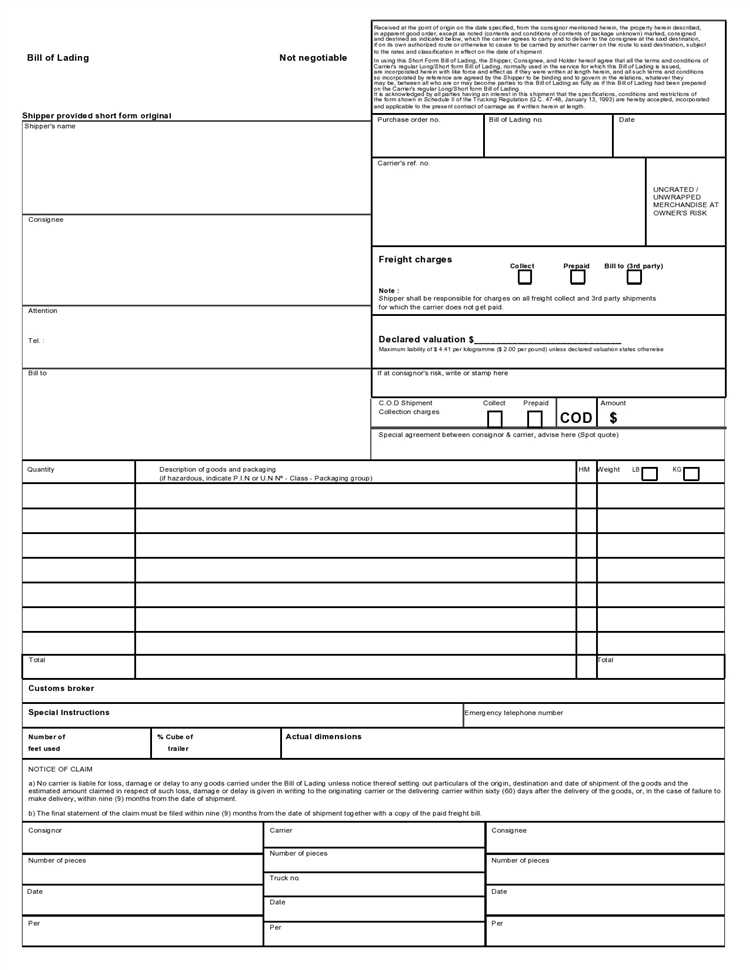
Introduction to the Bill of Lading
The Bill of Lading (BOL) is a fundamental document in global trade, serving as a contract between the shipper and the carrier. It acts as a receipt for shipped goods, outlines the shipping route, and specifies terms for transporting the cargo. This document is vital for the documentation process in container logistics, ensuring that all parties have a clear understanding of their obligations and the details of the cargo in transit.
Types and Functions
There are several types of Bills of Lading, including the Ocean Freight BOL for sea transport and the Electronic Bill that digitalizes the process for efficiency. The distinction between Master and House BOL is crucial in logistics, affecting the shipping contract and the description of goods. Each type serves specific functions in the logistics chain, from verifying cargo details to facilitating cargo handling and delivery.
The Legal Implications
The Bill of Lading carries significant legal implications. It is a critical document for compliance with maritime safety standards and plays a central role in the liability and claims handling process in case of cargo damage or loss. Adherence to BOL legal requirements is mandatory for all involved parties, ensuring that the transport of goods adheres to international regulations and standards.
Challenges in Managing
Managing Bills of Lading involves navigating various challenges, including the need for timely and accurate BOL amendment procedures and clear delivery order instructions. These challenges require meticulous attention to documentation and verification processes to ensure compliance and avoid delays or legal issues. Effective management strategies and digital solutions can help mitigate these challenges, enhancing the efficiency and reliability of cargo transport.
Comparative Table: Electronic vs. Paper Bill of Lading
| Feature | Electronic | Paper |
|---|---|---|
| Speed of Issuance | Instant | Takes longer |
| Security | Higher, with encryption | Risk of loss or damage |
| Efficiency | Streamlined processes | More administrative work |
| Environmental Impact | Lower | Higher |
| Legal Recognition | Increasingly accepted | Widely recognized |
